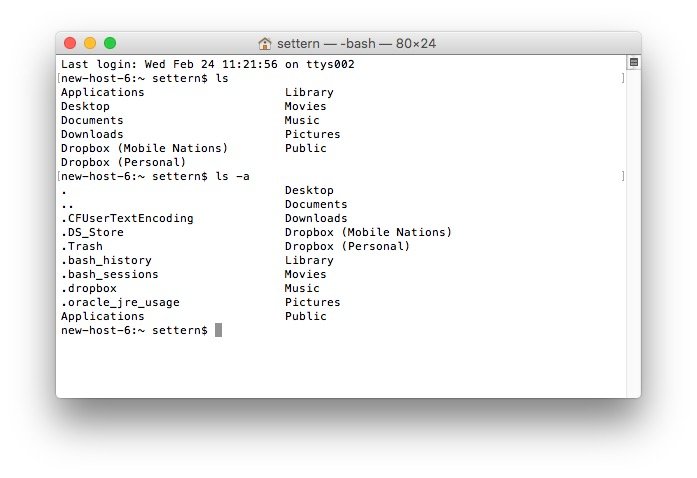Prepare your external drive
You can store your library on an external storage device, such as a USB or Thunderbolt drive formatted as APFS or Mac OS Extended (Journalled). However, you can't move your library to a disk that's used for Time Machine backups.
To prevent data loss, Apple doesn't recommend storing photo libraries on external storage devices, such as SD cards and USB flash drives, or drives that are shared on a network.
- If your Apple Photos library is taking a lot of space, you can move it to an external hard drive, flash drive, or any other type of storage. Here is a quick.
- To transfer your photos library from an Apple Mac to an external drive, you first need to locate the photos or a folder you wish to move. You can right-click and copy, then paste in the new location. Dragging and dropping will also copy the images or folder.
- Allow the Library to sync. This can take a while, so if you've got things to do away from your Mac, set your machine to not go to sleep (System Preferences Display Screen to Never).
Move your Photos library to an external storage device
Change Photos Library Mac
Wish you could move a bunch of folders all at once or instantly move every file of a certain type into a new folder? Using your Mac's Terminal commands may be the answer. Your user library opens; Add Your User Library To Favorites! If you decide that you want regular access to your user library folder, another method that works is opening up a temporary library window using one of the above ways and then click and hold the Library icon shown at the bottom Path Bar and drag that library icon to your Favorites column in the sidebar.

- Quit Photos.
- In the Finder, go to the external drive where you want to store your library.
- In another Finder window, find your library. The default location is Users > [username] > Pictures, and it's named Photos Library.
- Drag your library to its new location on the external drive. If you see an error, select your external drive's icon in the Finder, then choose File > Get Info. If the information under Sharing & Permissions isn't visible, click the triangle , then make sure the 'Ignore ownership on this volume' box is selected. If it's not selected, click the lock button to unlock it, enter an administrator name and password, then select the box.*
- After the move has finished, double-click Photos Library in its new location to open it.
- If you use iCloud Photo Library, designate this library as the System Photo Library.
Delete original library to save space
After you've opened your library from its new location and made sure it's working as expected, you can delete the library from its original location.
In a Finder window, go back to your Pictures folder (or whichever folder you copied your library from) and move Photos Library to the bin. Then choose Finder > Empty Bin to delete the library and reclaim disk space.


Open another Photos library
If you have multiple libraries, you can open a different one like this:
Export Mac Photos Library
- Quit Photos.
- Press and hold the Option key while you open Photos.
- Select the library you want to open, then click Choose Library.
Apple Photo Library
Photos uses this library until you open a different one.
Learn more
Change Photo Library Location Mac
If you encounter a permissions issue with your library, you may be able to resolve the issue by using the Photos library repair tool.
* If the volume isn't formatted APFS or Mac OS Extended (Journalled), or has been used for Time Machine backups but hasn't been erased, this checkbox will either not be present, or won't be selectable after unlocking. Delete and reformat the drive for this option to be available.